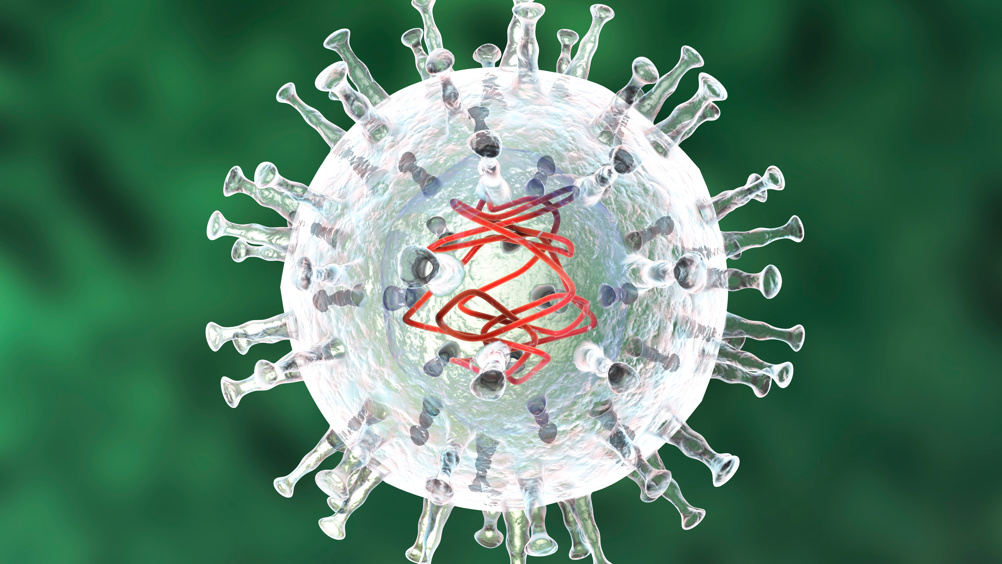References
African swine fever variants currently outside Africa

Abstract
In 2007 African swine fever (ASF) type 2 entered Georgia and since then has progressively moved around the planet resulting in a global pandemic, which is responsible for killing many millions of pigs. Local spread occurs through wild pig movement but human movement of pork products and even pigs for hunting has resulted in movement over 1000s of kilometres.
With the devastating impact of ASF type 2 on a pig farm the development of a suitable vaccine is essential. Unfortunately, in desperation, potential ASF vaccine candidates have been released. The premature release of vaccine candidates has created clinical confusion by reducing the clinical signs of ASF, in particular the high pyrexia usually seen in pigs infected with this virus. The lack of specific clinical signs can make identify of sick animals more difficult and this increases the potential for incursion across national borders.
There are 24 different variants of Africa swine fever (ASF) virus. As an enveloped DNA virus ASF virus mutates slowly. The fact there are 24 different variants indicates that this virus is very old. The virus is the only member of the Astroviridae family.
The virus affects ticks of the arthropods genus Ornithodoros (soft body tick) and the mammalian Suidae family. The closely related Tayassuidae (peccaries in South America) are not susceptible to ASF (Martin, 2022). No other mammals are affected by this virus. However, while other animals are not infected, they may (including man) act as fomites, and ASF has been found on the feet of flies but not inside the intestines of Musca domestica (house fly) (Carr, personal observation). Fomites can be very important in the epidemiology of the virus spread.
From Georgia 2007 to Thailand 2022, Greece 2022 and the Dominican Republic 2021, the same virus strain and sequence is recognised as ASF type 2 with minimal change to the virus. There have been no changes to the clinical signs, virulence or disinfection features of this virus strain.
Register now to continue reading
Thank you for visiting UK-VET Companion Animal and reading some of our peer-reviewed content for veterinary professionals. To continue reading this article, please register today.

